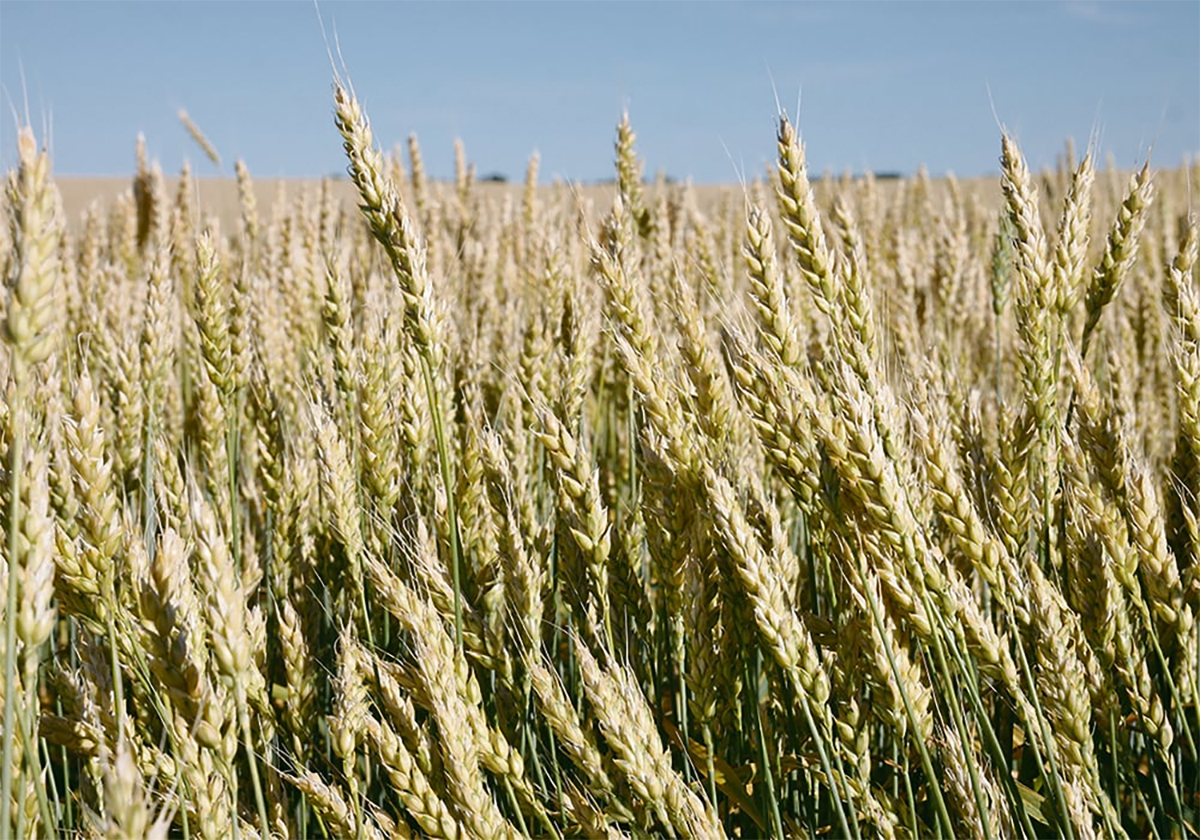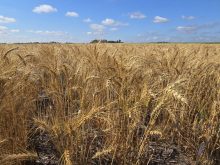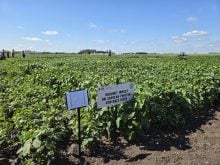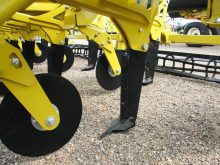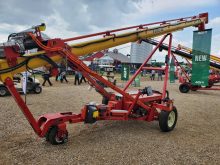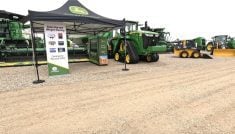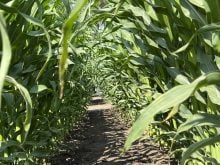The data doesn’t lie — winter wheat is in a down cycle on the Prairies.
Statistics Canada data for Saskatchewan shows that acres of winter wheat remaining in the spring were in the range of 50,000 to 100,000 from 2021 to 2024.
Follow all our Ag in Motion coverage, here.
Read Also

Short rapeseed crop may put China in a bind
Industry thinks China’s rapeseed crop is way smaller than the official government estimate. The country’s canola imports will also be down, so there will be a lot of unmet demand.
That’s a steep decline from the previous decade, when Saskatchewan farmers planted 250,000, 350,000 or more acres of the crop every year.
The story is similar in Manitoba, where acres have been stuck around 40,000 since 2018.
There are multiple reasons for the acreage drop, including improvements in spring wheat yields, but the Saskatchewan Wheat Development Commission wants to focus on the positives of winter cereals.
This summer, the group will be promoting winter wheat, fall rye and winter triticale in its crop plots at Ag in Motion July 15-17 near Langham, Sask.
SaskWheat and the Saskatchewan Winter Cereals Development Commission merged in 2023, making SaskWheat the organization that now supports winter cereals.
“SaskWheat thought it was good to showcase winter cereals (in 2025 and at AIM), to formalize the (new) relationship,” said Gazali Issah, agronomy extension specialist with SaskWheat.
Crop plots are a key attraction at Ag In Motion, allowing farmers, agronomists and others in the trade to learn about crop management and the latest practices.
More than two dozen companies and organizations will have plots at AIM in 2025.
In its plots, SaskWheat will feature the latest and top performing varieties of winter wheat and fall rye that have just entered the market.
One of those is AAC Coldfront, a winter wheat.
“It has very good winter survival … (and) has intermediate resistance to fusarium head blight,” Gazali said.
Another variety is SU Performer, a hybrid fall rye.
“In terms of winter survivability, it’s almost 100 per cent. It’s 99.1 per cent.… It’s very hardy,” Gazali said.
Talking about the traits of the newest varieties is a great way for SaskWheat to remind farmers about the advantages of winter cereals.
The benefits include:
- Water use efficiency — A fall seeded crop will trap more snow, thus recharging soil moisture. As well, a winter cereal uses the available water earlier in the growing season.
- Soil health — Ground cover reduces soil erosion, and a winter cereal crop keeps a living root in the ground, supporting the soil micro-biome.
Brad White, who farms near Gull Lake, Sask., said there are many benefits of winter wheat, such as fewer acres to seed in the spring.
As well, winter wheat gets a head start on weeds, reducing the need to spray.
“What’s really simmering out there … is a lot of herbicide resistance,” White said.
“Winter wheat is a really competitive crop. A lot of your broadleaf (weeds) like kochia, buckwheat and wild oats, it really out-competes them. You don’t even need to spray for them, in many years.”
Learn all about Ag In Motion 2025 events, including what’s happening at the crop plots, equipment demonstrations and more.


